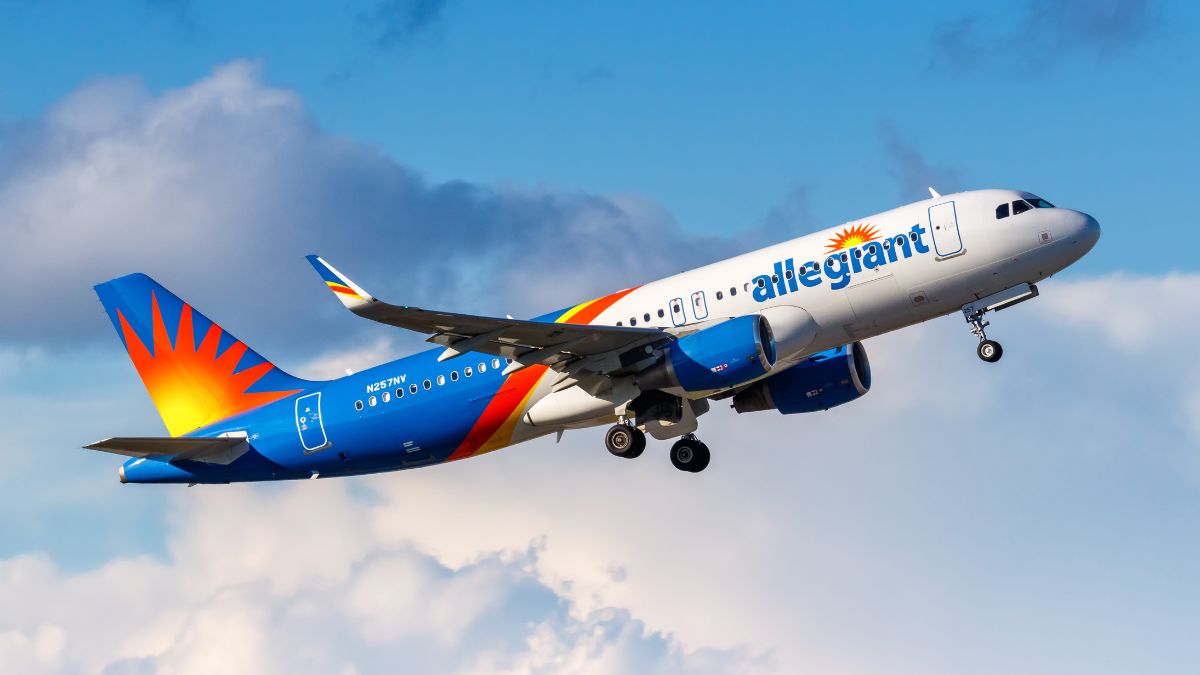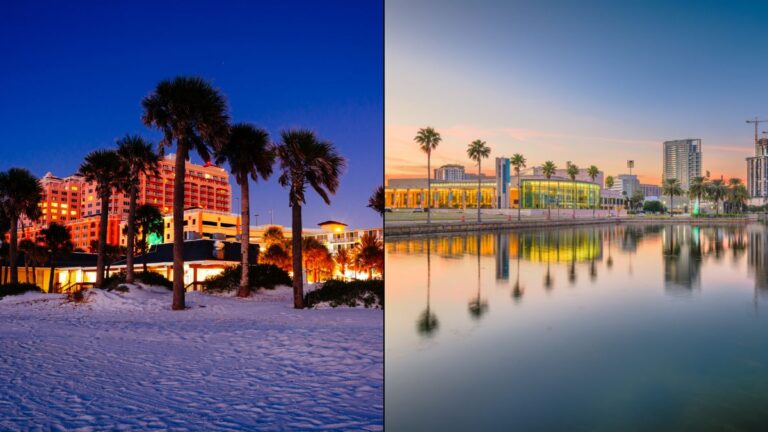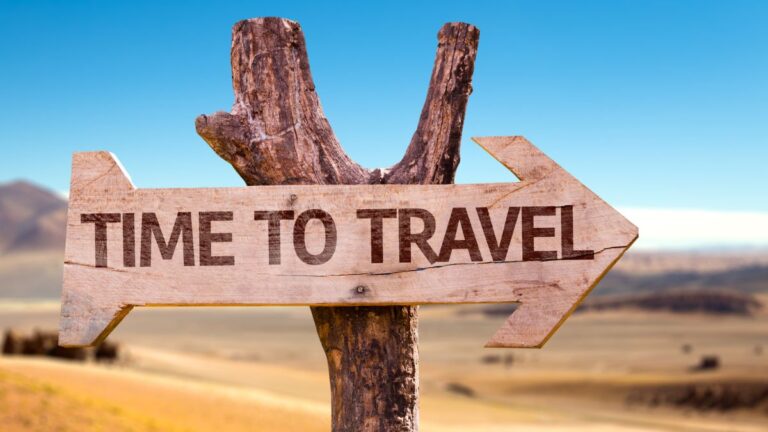Here’s How Safe Allegiant Airlines Is: Should You Be Using It?

As participants in Amazon Associates and other programs, we earn from qualifying purchases. This comes at no additional cost to you. For more details, see our Affiliate Disclosure.
When thinking about flying, safety is a top concern for many of us. Allegiant Airlines often comes up in discussions about affordable travel, but how does it stack up in terms of safety? Let’s dive into what makes an airline safe and see where Allegiant stands, so you can make an informed decision for your next trip.
A Quick Look at Allegiant Airlines
Allegiant Airlines is known for its budget-friendly options that connect smaller cities to major destinations. They focus on low-cost travel and often operate out of smaller airports, which can lead to significant savings for travelers. Their business model is all about efficiency and cost-effectiveness, making air travel more accessible to a broader audience.
Despite their focus on affordability, Allegiant doesn’t compromise on comfort and convenience. They offer a range of services that can enhance the travel experience, from priority boarding to flexible ticket changes. Their fleet mainly consists of Airbus A320 family aircraft, known for their reliability and safety features.
What Do Safety Ratings Tell Us?
Safety ratings are crucial for understanding an airline’s safety standards. They consider factors like the age of the fleet, pilot training programs, and maintenance practices. High ratings often indicate that an airline has stringent safety protocols in place and a good track record of minimizing incidents.
Organizations like the Federal Aviation Administration (FAA) and International Air Transport Association (IATA) provide certifications and audits that can reassure passengers about an airline’s commitment to safety. For example, the IATA Operational Safety Audit (IOSA) is a globally recognized evaluation system.
However, it’s important to note that ratings don’t always tell the whole story. They might not account for unforeseen challenges or external factors like weather conditions. So, while helpful, ratings should be just one consideration among many when assessing airline safety.
Recent Safety Incidents and Responses
In recent years, Allegiant has faced scrutiny over several safety incidents. For instance, in 2015, a flight had to make an emergency landing due to engine failure. Another incident in 2017 involved issues with cabin pressure, leading to an unscheduled landing.
Allegiant’s response to these incidents has been focused on improving maintenance practices and upgrading their fleet. They’ve retired older MD-80 aircraft, known for more frequent maintenance needs, and transitioned to newer Airbus models. This shift signifies Allegiant’s commitment to enhancing safety and reliability.
The airline has also strengthened its pilot training programs, incorporating advanced simulation and scenario-based training. These measures aim to ensure pilots are well-prepared for a range of situations, further boosting passenger safety.
Comparing Allegiant to Other Airlines
When sizing up Allegiant against other carriers, it’s key to look at how they handle safety, customer experience, and value. Each airline has its own way of doing things, making some stand out more in certain areas. Allegiant, with its budget-friendly approach, brings travel to more people by keeping costs low and focusing on efficient operations.
Delta Airlines
Delta is often praised for its exceptional service and safety record. They’ve invested heavily in technology and training to ensure their operations are top-notch. This includes modernizing their fleet with some of the latest aircraft and implementing comprehensive safety protocols that go beyond the industry standard.
Delta’s focus on customer experience is evident in their wide range of amenities and loyalty programs. While this might mean higher ticket prices compared to Allegiant, many travelers find the added comfort and service worth the extra cost. Delta’s approach to maintaining high safety standards while offering a premium experience sets a benchmark in the industry.
Southwest Airlines
Southwest is known for its friendly service and no-frills approach, similar to Allegiant, but with its own unique twist. They offer free checked bags and no change fees, which appeals to travelers looking for simplicity and value. Their open seating policy is a hit for some and a miss for others, but it’s all part of Southwest’s charm.
In terms of safety, Southwest has a solid track record, with rigorous maintenance routines and regular training for their crew. They’ve managed to maintain a strong safety culture while keeping their operations simple and efficient. This balance makes Southwest a strong competitor in the budget airline space, offering a different yet comparable option to Allegiant.
American Airlines
American Airlines brings a global network and a wide array of services to the table, making it a go-to for many international travelers. Their extensive route map and partnership with other airlines expand their reach, providing more options for passengers.
Safety and comfort are priorities for American, with investments in new aircraft and cabin upgrades to enhance the travel experience. Their commitment to safety is reflected in their detailed training programs and strict adherence to maintenance schedules. While American’s prices might be higher than Allegiant’s, the airline’s broad offerings and emphasis on passenger well-being make it a worthy option for those seeking a more inclusive flying experience.
United Airlines
United Airlines is another major player, offering a wide range of domestic and international flights. They’re known for their technological innovations and sustainability initiatives, aiming to reduce their environmental impact while improving the passenger experience.
Safety is a cornerstone of United’s operations, with state-of-the-art training facilities for their crew and ongoing investments in their fleet. Their customer service focuses on providing a comfortable and convenient journey, with various cabin classes and services tailored to different needs. Although their pricing might be on the higher side compared to Allegiant, United’s global presence and commitment to quality and safety make them a strong contender for travelers looking for more than just low fares.
Pricing and Value Proposition
On pricing, Allegiant remains a strong contender in the budget airline sector. Their competitive pricing strategy, coupled with cost-saving measures like operating from smaller airports, offers significant value to cost-conscious travelers.
In comparison, airlines like Delta and Southwest might offer more amenities and a broader network but at a higher price point. The choice often comes down to what the traveler values more: cost savings or additional services.
Final Thoughts: Is Allegiant a Safe Bet for Travelers?
Considering the improvements Allegiant has made in recent years, it’s fair to say that they are becoming a safer choice for travelers. Their commitment to renewing their fleet and enhancing safety measures has significantly reduced the risk of incidents. This progress is reassuring for passengers who prioritize safety but are also looking for affordable travel options.
However, like with any airline, it’s essential to stay informed about recent developments and reviews. Keeping an eye on the latest safety reports and passenger experiences can help you make a well-informed decision when choosing Allegiant for your next trip.






